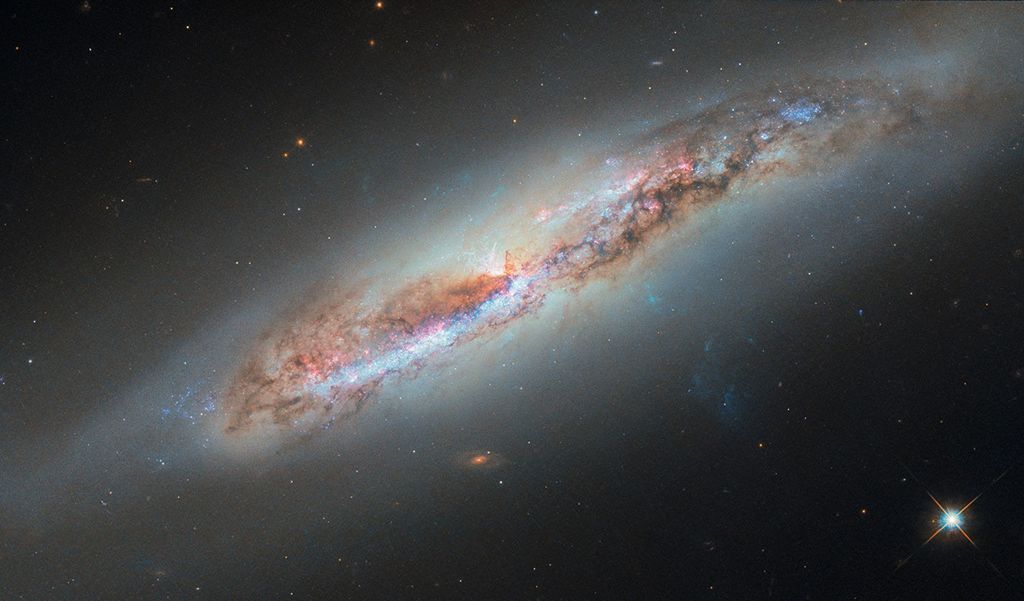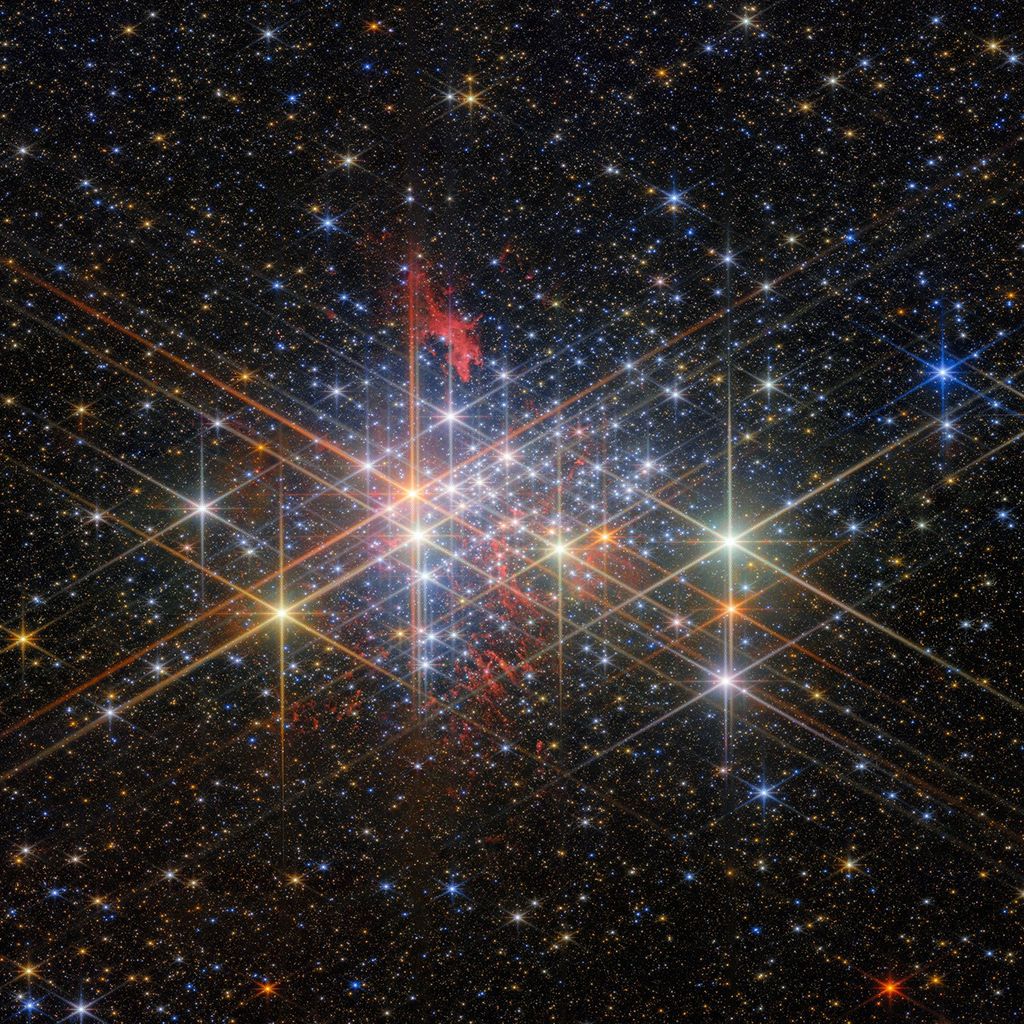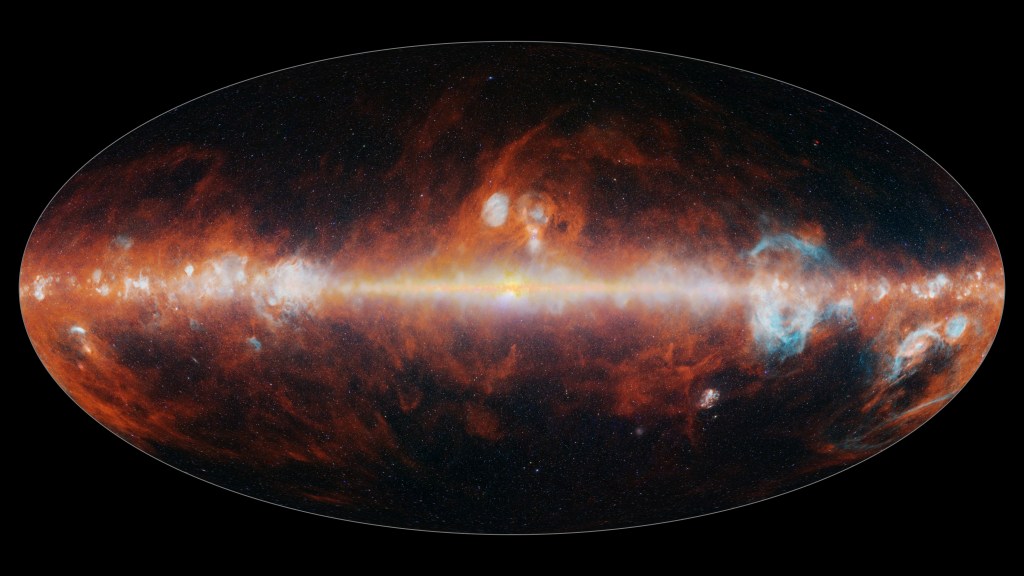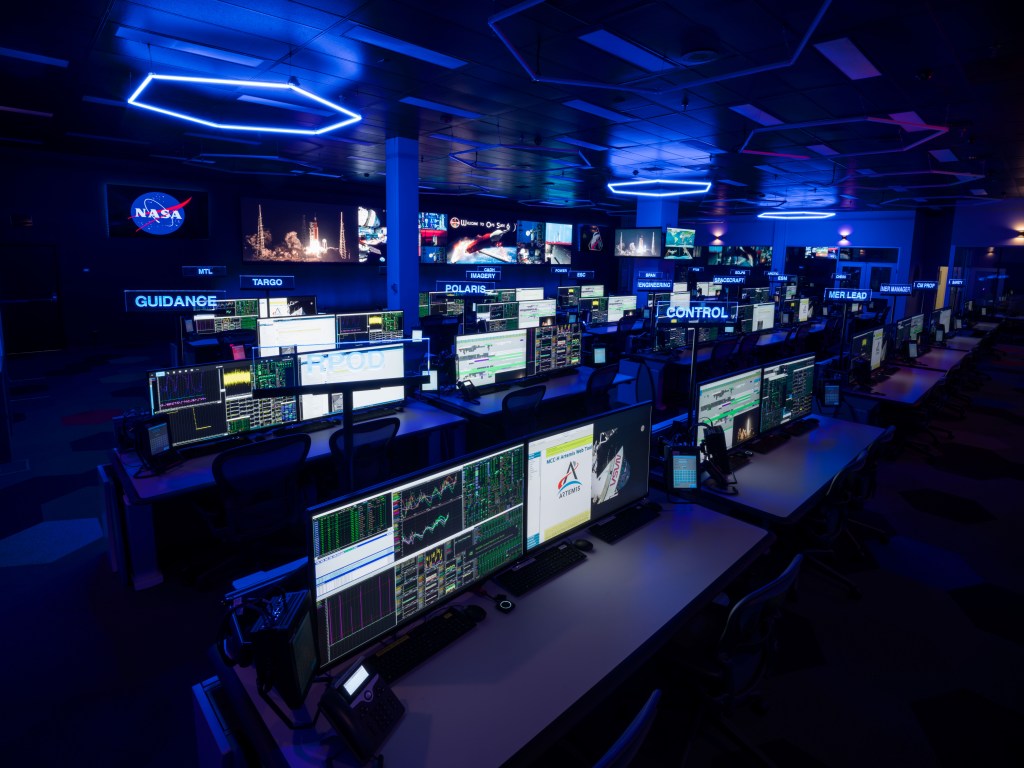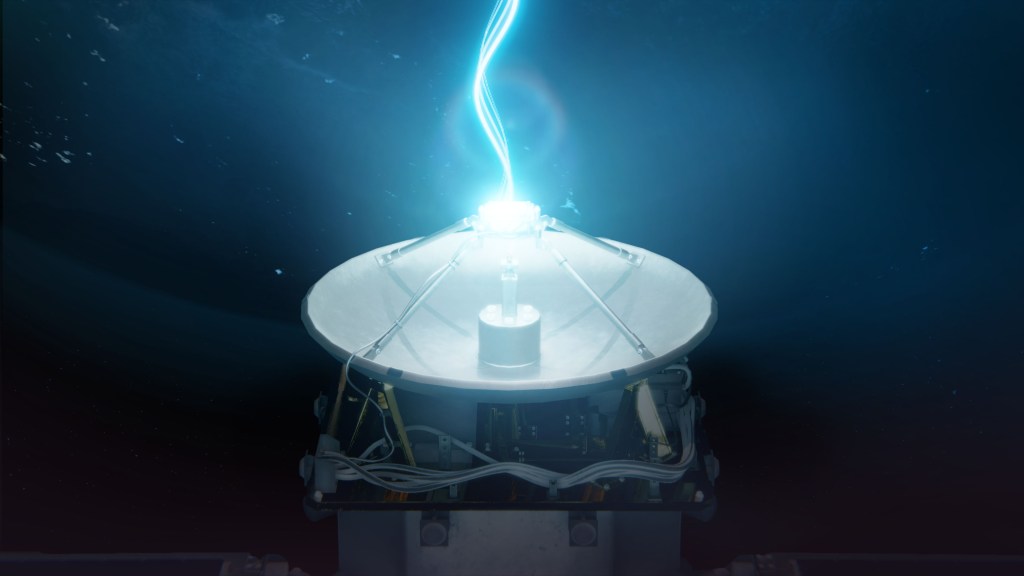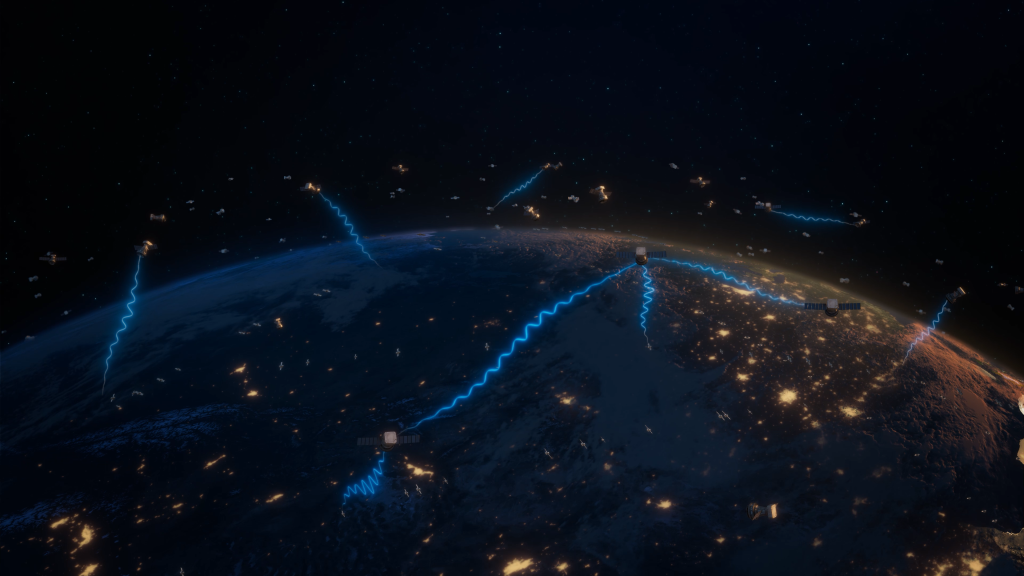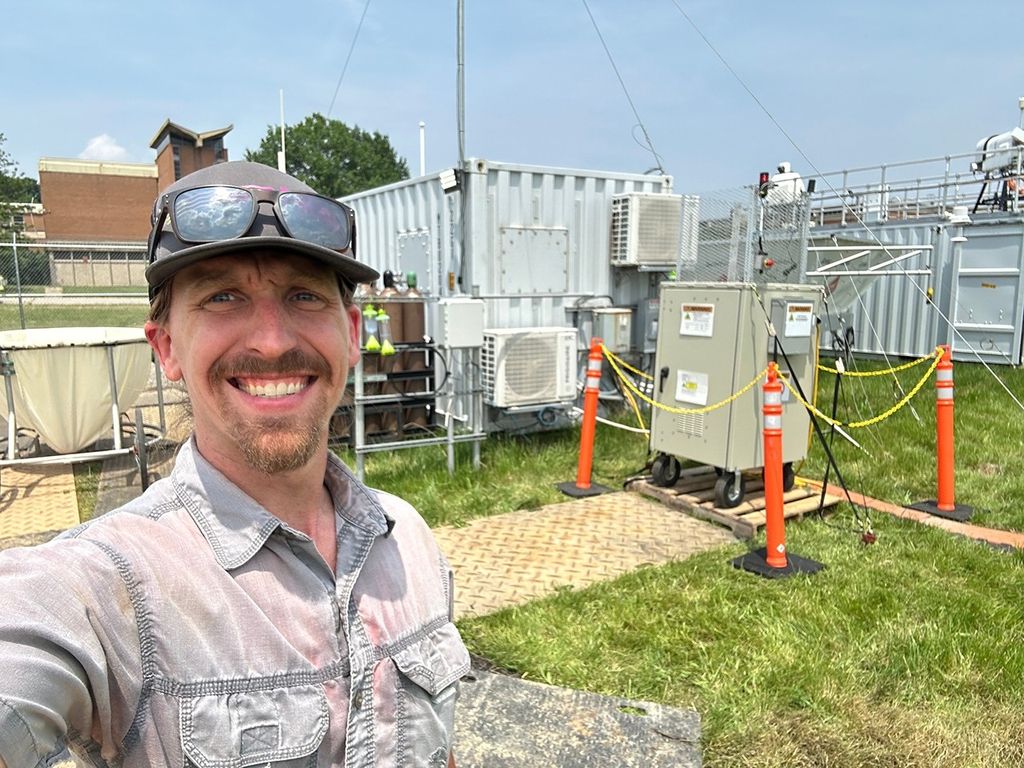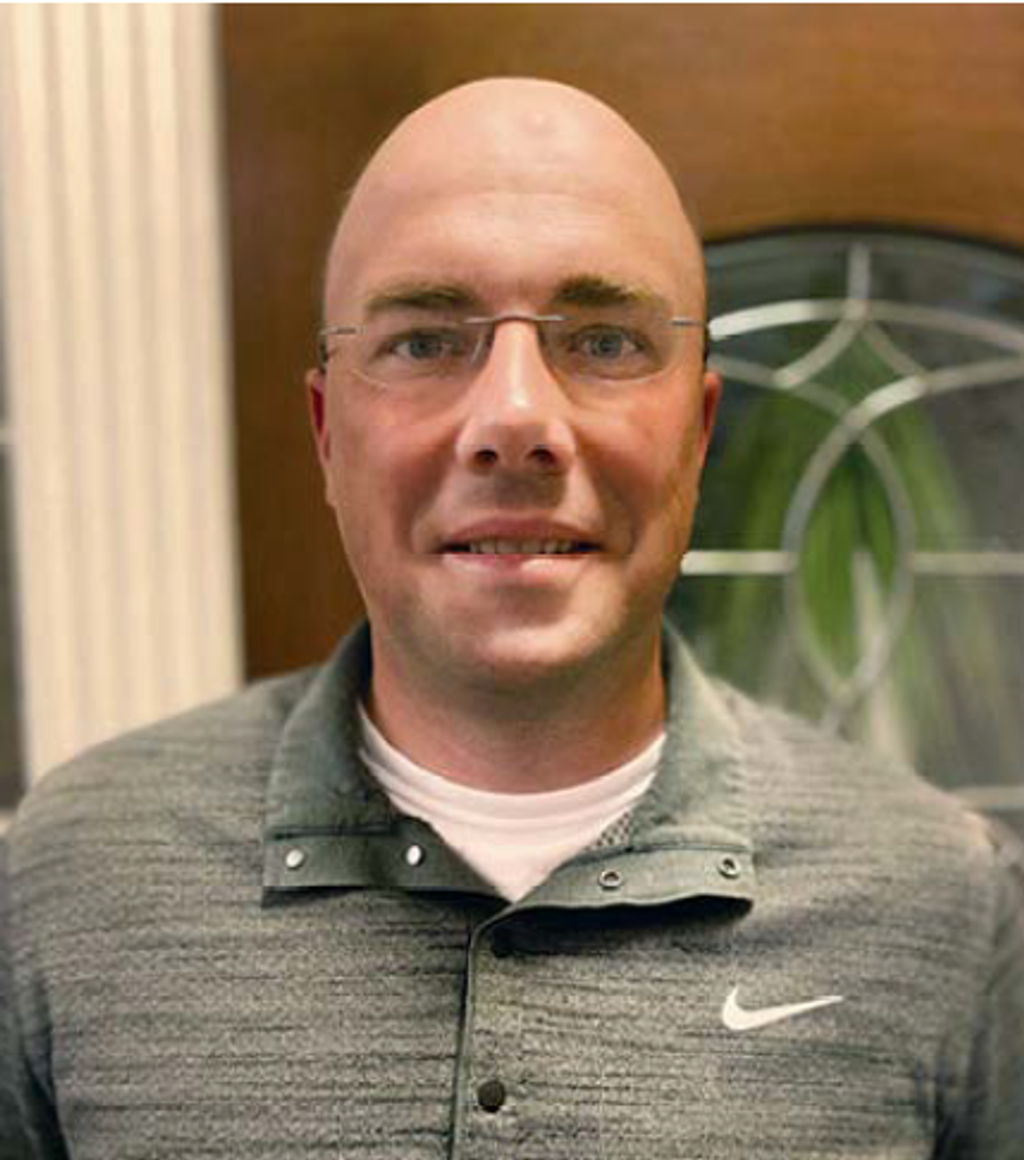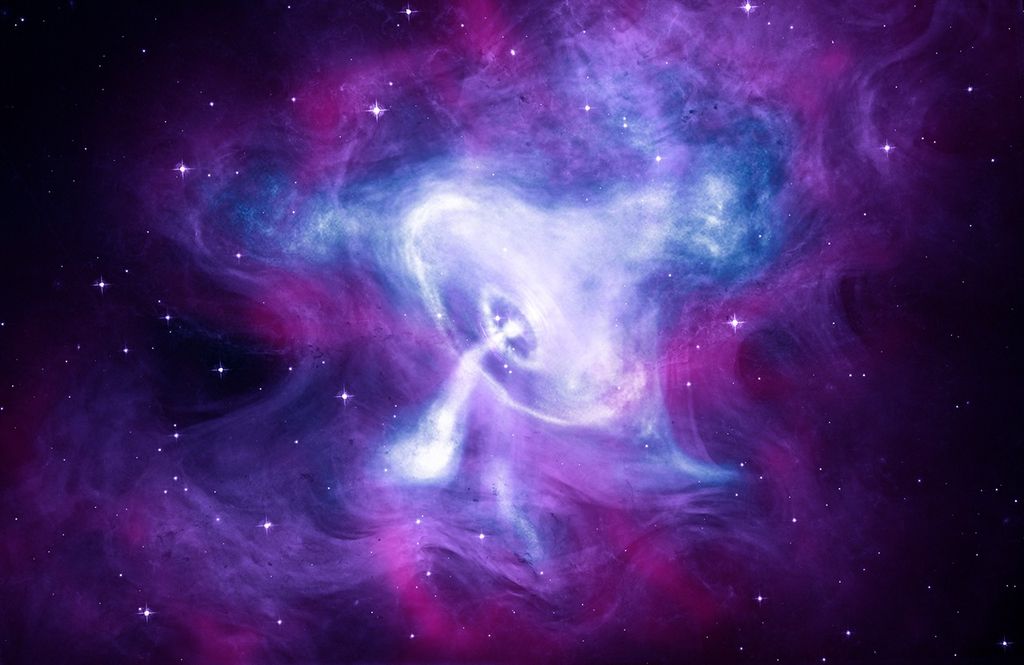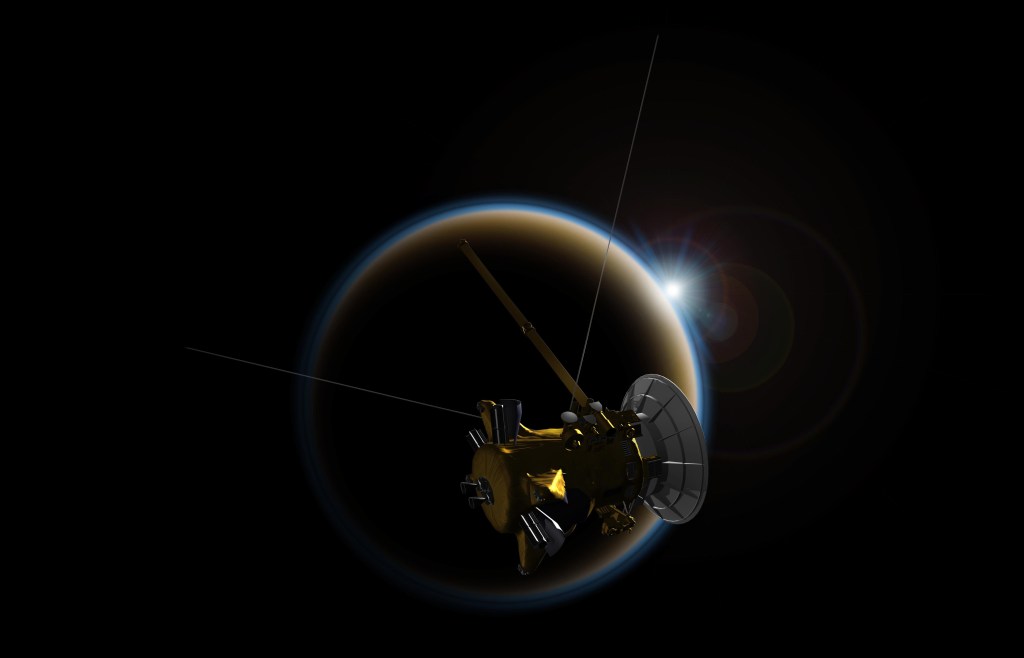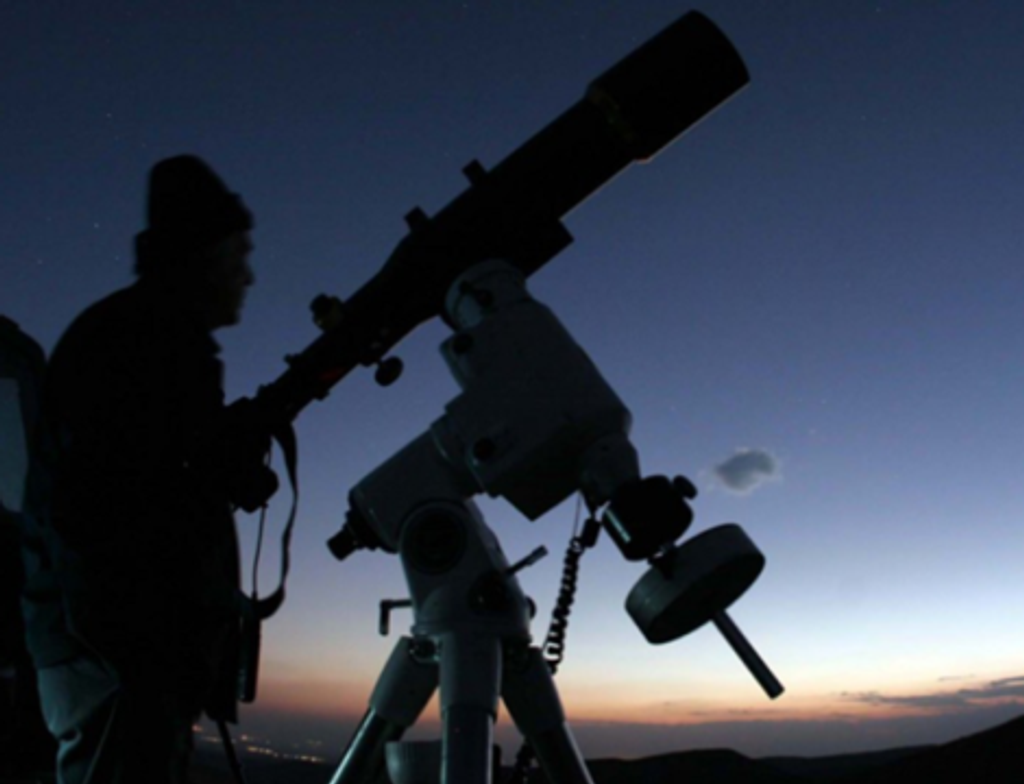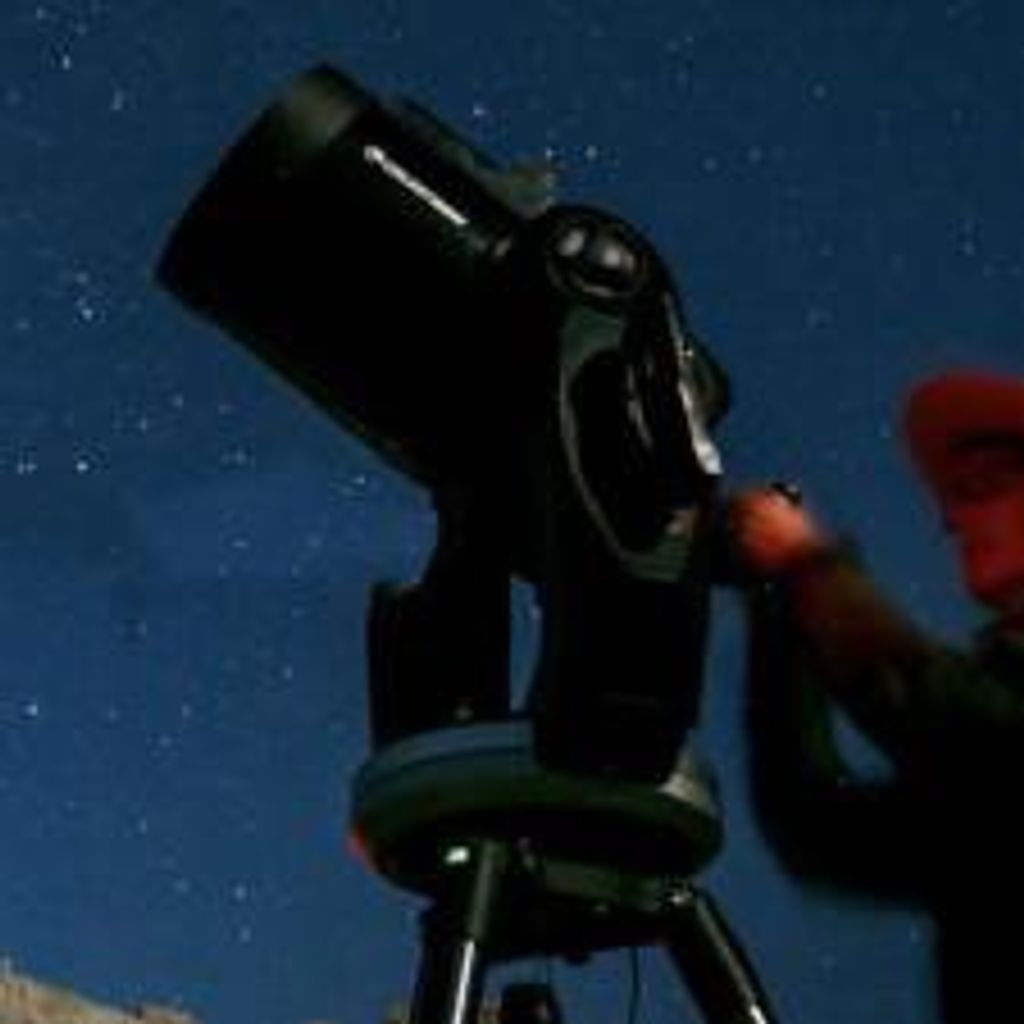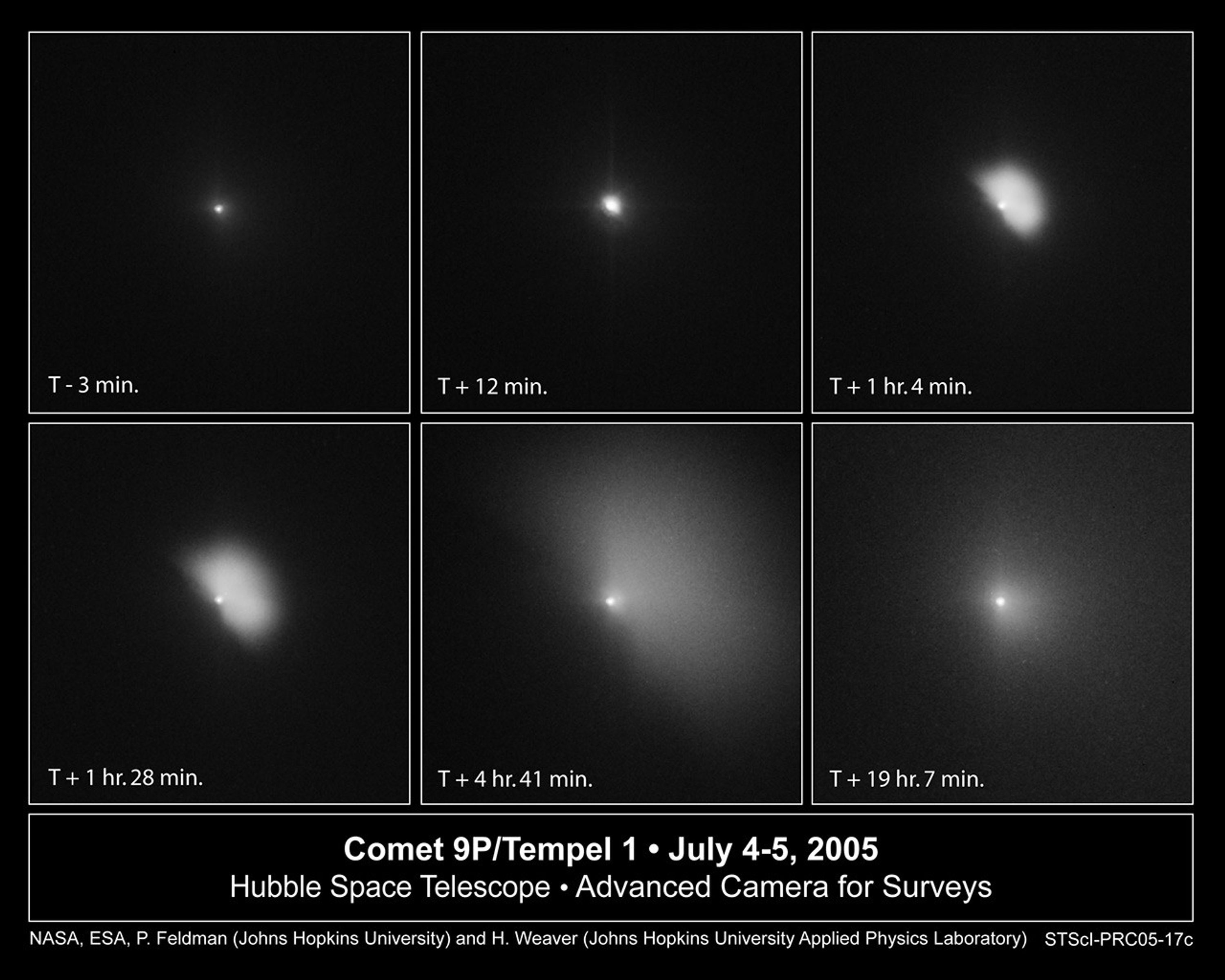NASA's Hubble Space Telescope captured the dramatic effects of the collision early July 4 between an 820-pound projectile released by the Deep Impact spacecraft and comet 9P/Tempel 1.
This sequence of images shows the comet before and after the impact.
The image at left shows the comet about a minute before the impact. The encounter occurred at 1:52 a.m. EDT.
In the middle image, captured 15 minutes after the collision, Tempel 1 appears four times brighter than in the pre-impact photo. Astronomers noticed that the inner cloud of dust and gas surrounding the comet's nucleus increased by about 120 miles (200 kilometers) in size. The impact caused a brilliant flash of light and a constant increase in the brightness of the inner cloud of dust and gas.
The Hubble telescope continued to monitor the comet, snapping another image [at right] 62 minutes after the encounter. In this photo, the gas and dust ejected during the impact are expanding outward in the shape of a fan. The fan-shaped debris is traveling at about 450 miles an hour (720 kilometers an hour), about the speed of an airplane. The debris extends about 620 miles (1000 kilometers) from the nucleus.
The potato-shaped comet is 8.7 miles (14 kilometers) wide and 2.5 miles (4 kilometers) long. Tempel 1's nucleus is too small even for the Hubble telescope to resolve.
The visible-light images were taken by the Advanced Camera for Surveys' High Resolution Camera.

